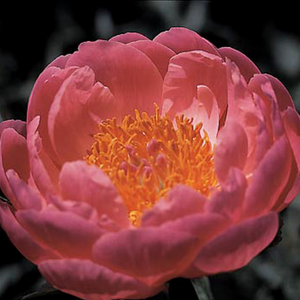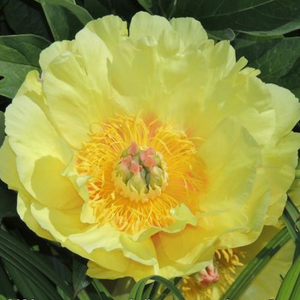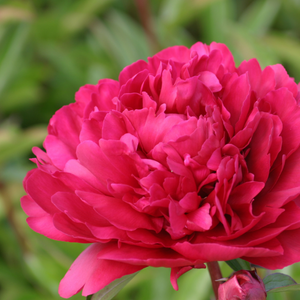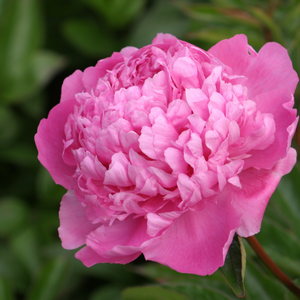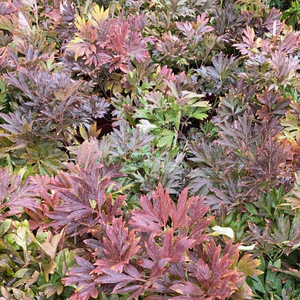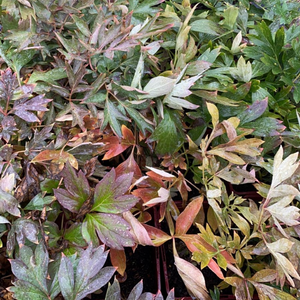It’s the new year!
And it’s the middle of winter!
It’s tough to feel excited about that when it’s frosty and wet outside. You look over at your garden and think there’s not much going on out there.
But the grey winteriness of January is actually a fine time to prepare for a busy spring and summer.
Here’s some suggestions.
In general
- Keep the birds going. Winter can be hard for them as their water sources freeze and food is more scarce so keep those feeders full and leave some of the garden a little untidy (read: wild) so they and other creatures can enjoy a bit of shelter
- Compost/re-purpose your Christmas tree
- Make a bug hotel and help keep your gardens eco system healthy
- Tidy up the shed/greenhouse and sharpen your tools
Peonies
- As you may know, come frost or snow, peonies really revel in the winter as it’s a time for them to rest and digest and get ready for spring. If you’ve cut them back in autumn once the leaves had wilted and put a little mulch around them (not in the middle) you can leave them be. They are hardy to about -20C and usually flower better than ever after a cold winter
- If you didn’t cut the leaves back it’s best to do so as soon as possible to prevent the wet from bringing on the mould. And if there’s already some mould on the remains, don’t compost this foliage, rather put it straight in the bin. That’s the kind of love you don’t want to spread
Other Plants
- Plan what you want to plant in spring and order the seeds, bulbs and tubers now
- Check any supports or protection you put around your plants are still enduring
- Look out for weeds and remove from the root
- Get those bare root plants in now such as fruit trees, shrubs, hedges, peonies, roses and hardy geraniums
- If you have already have fruit trees, shrubs, bushes and roses, now’s a good time to prune them
- Dahlia can be uprooted, dried out and stored inside now to protect them from the harsh winter conditions. See how to overwinter them here
- Harvest winter veg such as parsnips, kale, brussel sprouts and leek
- Grow some microgreens or sprout some sprouts in your kitchen
After Heavy Snow
- Remove snow from greenhouses and hedges to prevent damage
- Try not to walk on the grass after heavy snow or frost as it will damage it. But if you must make a snowman, the fun is worth the risk
Indoor Container Plants
- Make sure indoor plants are well hydrated and misted often as central heating can dry the air out and damage them
Outdoor Container Plants
- Make sure your outside plants are getting enough water especially if partly sheltered. The soil should be damp by at least a hand’s depth
- At the same time, you don’t want them too wet. Raise outdoor container plants onto feet or bricks to avoid them having soggy “feet”
As you can see, there’s plenty to do so we better get going!
















